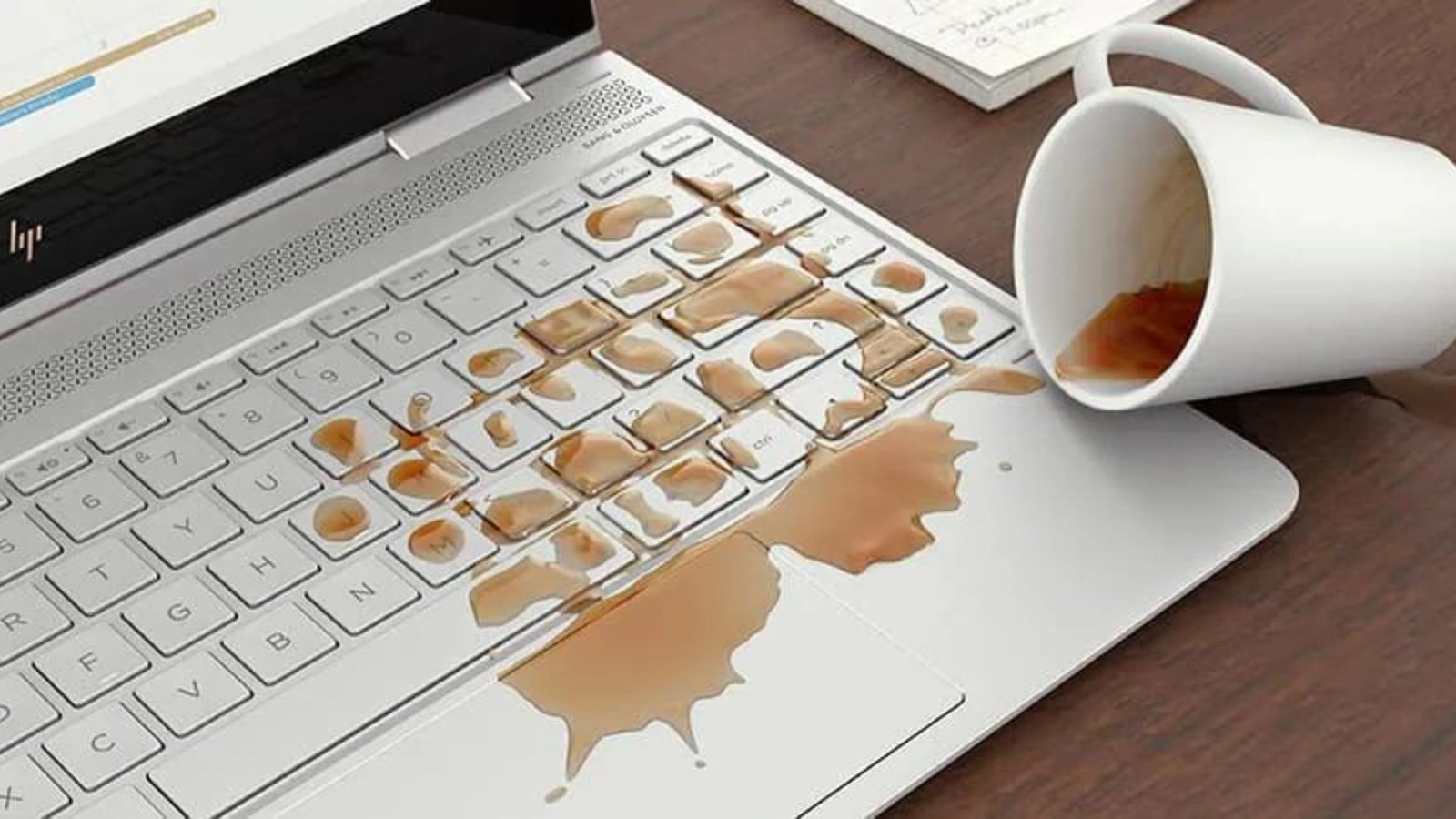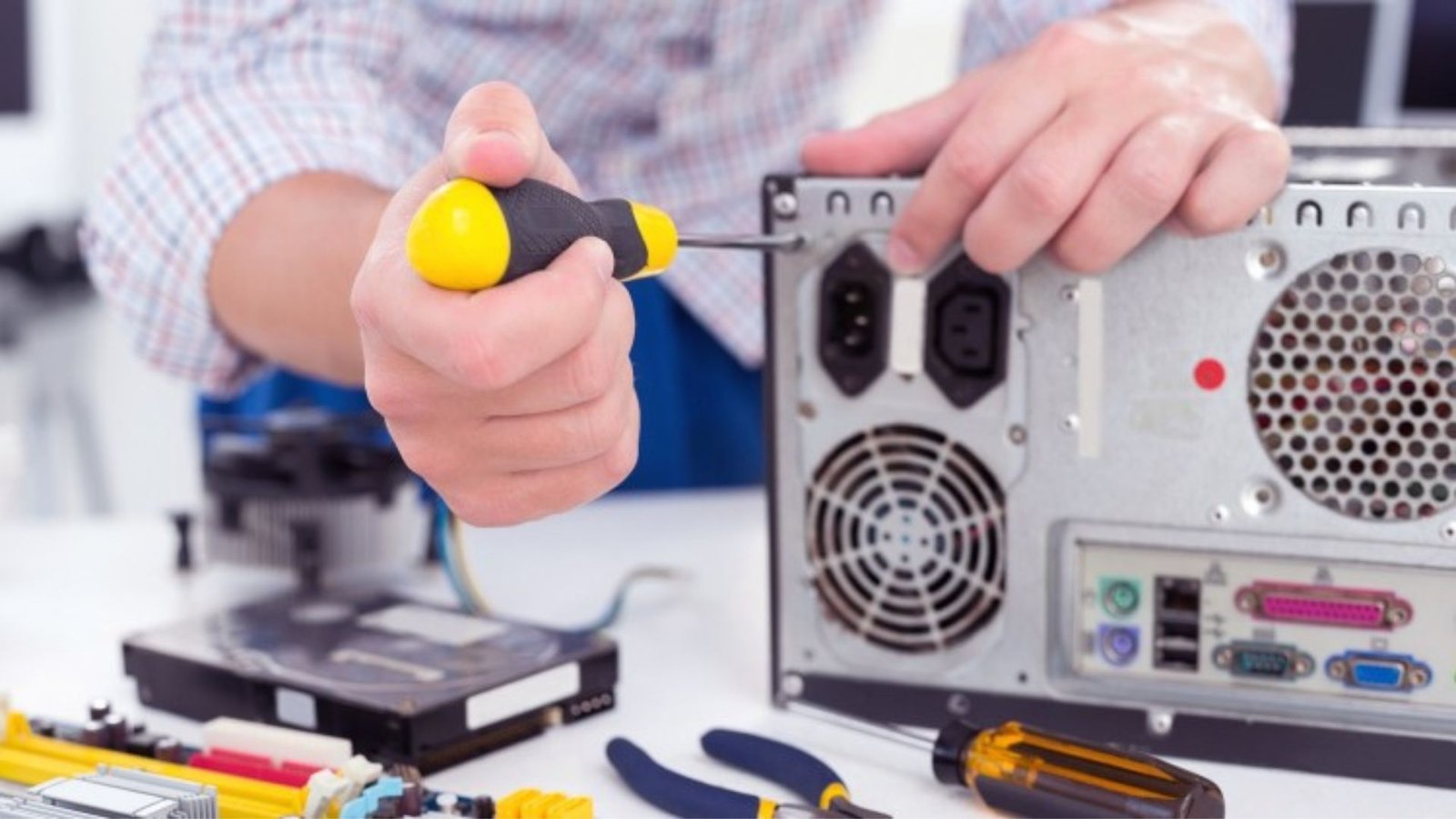Choosing the right personal computer can be a daunting task with so many options available. Whether you need a PC for work, gaming, or everyday use, understanding your requirements is crucial. This guide will help you make an informed decision and find the right personal computer for your needs.

Determine Your Needs
Identify Your Primary Use
First, identify the primary use of your personal computer. Are you using it for gaming, graphic design, or general tasks like browsing and word processing? Your needs will determine the specifications and features you should look for. For high-performance tasks, you’ll need a powerful CPU and plenty of RAM, while general use might require less.
Consider Portability
Next, think about portability. Do you need a laptop for mobility, or is a desktop PC more suitable for your workspace? Laptops offer convenience and portability, while desktops provide more power and customization options. Decide which factor is more important for your lifestyle.
Evaluate Specifications
Check Processor and RAM
The processor (CPU) and RAM are critical components. For demanding tasks, choose a computer with a high-performance CPU and ample RAM. An Intel Core i7 or AMD Ryzen 7 processor paired with 16GB of RAM is ideal for gaming or heavy multitasking. For basic tasks, an Intel Core i3 or AMD Ryzen 3 with 8GB of RAM might be sufficient.
Look at Storage Options
Storage is another key consideration. Decide between a traditional hard drive (HDD) and a solid-state drive (SSD). SSDs offer faster performance and quicker boot times, while HDDs provide more storage space at a lower cost. Many modern PCs come with a combination of both for balanced performance and storage.
Check for Essential Features
Connectivity and Ports
Ensure the personal computer has the connectivity options you need. Check for USB ports, HDMI outputs, and any other connections required for your peripherals. If you use external devices like printers or additional monitors, make sure the PC supports them.
Display and Graphics
For tasks like gaming or video editing, the graphics card (GPU) is crucial. Look for a PC with a dedicated graphics card from NVIDIA or AMD. If your primary use is general computing, integrated graphics should be sufficient. Also, consider the display quality and resolution for better visuals.
Set a Budget
Determine Your Budget Range
Before making a purchase, establish a budget. The right personal computer for you should fit within your budget while meeting your needs. High-end PCs can be expensive, but there are budget-friendly options that still offer good performance.
Compare Different Models
Once you have a budget, compare different models and brands. Look for reviews and ratings to assess reliability and performance. Many manufacturers offer various configurations, so you can find a model that fits your requirements without overspending.
Think About Future Needs
Plan for Upgrades
Consider whether the personal computer you choose can be upgraded in the future. Some PCs allow for upgrades to components like RAM, storage, and graphics. If you anticipate needing more power later, choose a model that supports easy upgrades.
Assess Longevity
Think about the longevity of the PC. Investing in a slightly more expensive model with better specifications might be more cost-effective in the long run. A durable and future-proof PC will serve you well for years to come.
Conclusion
Choosing the right personal computer involves assessing your needs, evaluating specifications, and setting a budget. By considering factors like processor power, storage options, and essential features, you can find a PC that meets your requirements. Keep future needs in mind and choose a model that offers both performance and longevity. With these guidelines, you’ll be well-equipped to make the best decision for your computing needs.











